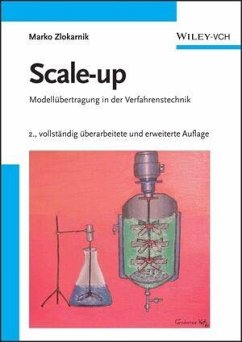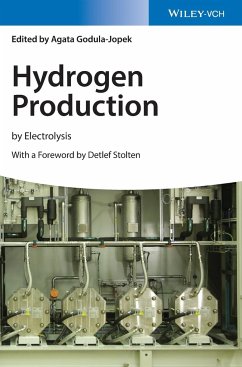
Industrial Catalysis
A Practical Approach
Versandkostenfrei!
Versandfertig in 2-4 Wochen
152,99 €
inkl. MwSt.
Weitere Ausgaben:

PAYBACK Punkte
76 °P sammeln!
In its 3rd edition, this comprehensive book offers all relevant information on catalytic processes in industry, including many recent examples. Perfectly suited for self-study, it is the ideal companion for scientists who want to get into the field or refresh existing knowledge.
Dieser Artikel kann nur an eine deutsche Lieferadresse ausgeliefert werden.













